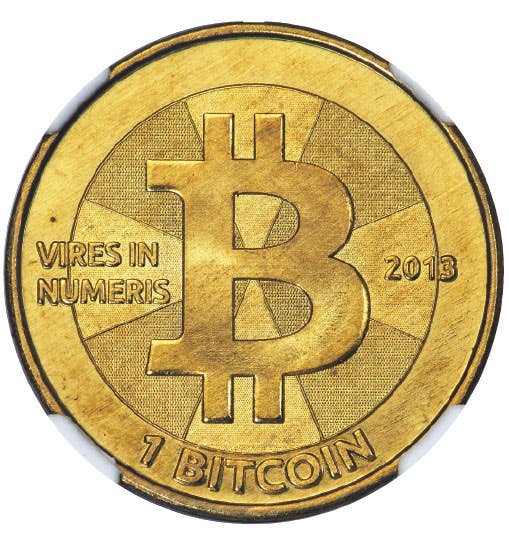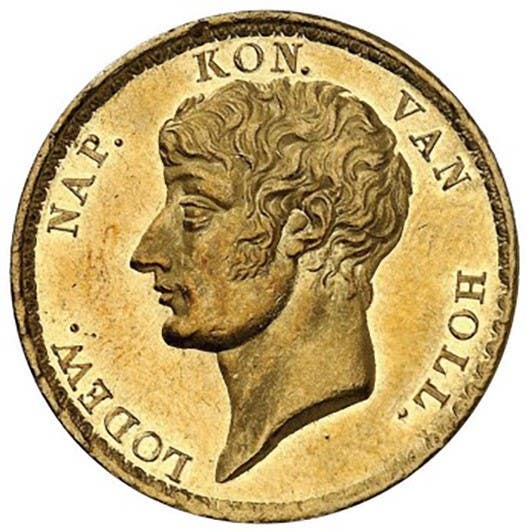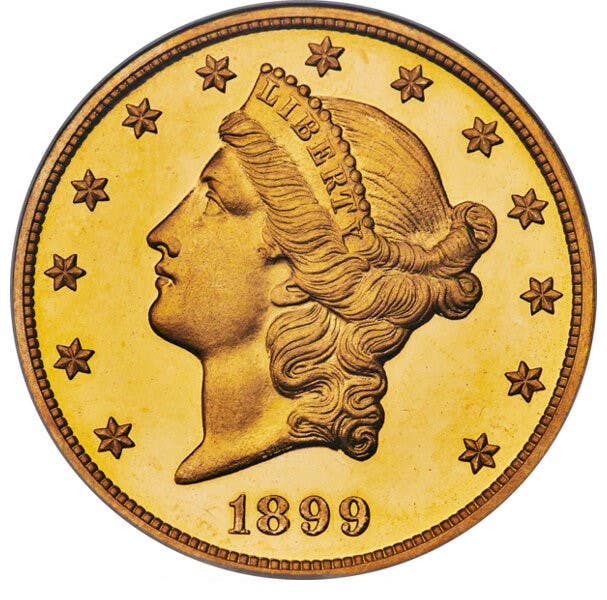Did The 1933 Gold Eagle Circulate?
The 1933 Indian Head gold eagle is probably the best coin of the United States, which could be called a poor man’s 1933 gold coin. Considering the 1933 gold eagle…
The 1933 Indian Head gold eagle is probably the best coin of the United States, which could be called a poor man’s 1933 gold coin. Considering the 1933 gold eagle currently lists for $600,000 in MS-65 it is hard to imagine the word “poor” in any sentence involving the 1933 but since the only other gold coin of 1933 (the famous Saint-Gaudens double eagle of 1933) which once sold for $7.6 million dollars, the concept of the 1933 gold eagle being the poor man’s 1933 is actually appropriate.
The story of the 1933 gold eagle could be said to go back at least to the stock market crash of 1929. That famous black day on Wall Street was the start of a lot of bad days for most American as the months and years that followed would see the nation slip deeper and deeper into the Great Depression.
People were frightened and with good reason. At its worst, officially one-quarter of the nation’s workers had no job while half of the nation’s home owners were behind in their payments. By any and every standard it was an economic disaster. As there were so-called “banking holidays,” which at least gave the banks a chance to avoid having to close because there were no funds, the concern of the public grew.
It might be too much to say there was a panic but there definitely were significant withdrawals of gold from the Treasury in the early 1930s. In all probability the 312,500 mintage of the 1933 Indian Head gold eagle was in response to those withdrawals.
If you check back in the years prior to 1933 you will find that gold eagles were not being regularly produced. There was a huge 4,463,000 mintage in 1932 and that definitely was in response to the gold withdrawals. There was also a low mintage 1930-S but from there you have to go back to 1926 to find the last gold eagle production, and before 1926 it was 1920. All bets were off, however, as the nation entered 1933.
As things worked out, the 1933 Indian Head gold eagle barely was released at all. The Gold Recall Order of 1933 issued at the end of the year stopped the release of gold coins and Gold Certificates. It also called for the return of both coins and Gold Certificates but allowed collectors to keep their coins. If, as was the case with most of the mintage of the 1933 Indian Head gold eagles, the coins were still in the vaults they would be melted and never released.
Interestingly enough the government has always taken the position that the 1933 Indian Head gold eagle was officially released while the 1933 Saint-Gaudens double eagle was not. That has meant the difference between the double eagle being seized and the gold eagle being a very valuable coin, which is perfectly legal. Whether the government position makes much sense does not matter in the case of the 1933 gold eagle as it is legitimate to own and legitimately scarce as well.
There is no good way to tell how many examples of the 1933 Indian Head gold eagle reached circulation. We know that certainly very few survived the melting pot with a VF-20 at $130,000 today while an MS-60 is $165,000 and an MS-65 is $600,000.
There is, however, a problem with establishing a VF-20 price, as no one believes there is a VF-20 to buy. The 1933 was simply not in circulation long enough to reach VF-20. In fact, there are doubts it was circulating long enough to reach AU-58.
The grading service totals tell the story. At NGC they report 11 examples of the 1933 ranging in grade from MS-63 to one example in MS-66. The PCGS total stands at 25 and there the grade range starts at MS-62 and goes up to one example calledMS-66. There is not even an MS-60 reported at either service or a circulated example.
The situation raises the question as to whether the 1933 actually ever circulated. We cannot answer that question. It also raises the question as to what you do if you want a circulated example for a lower price or even an MS-60: we cannot answer that either, as you may simply be out of luck because the coin you want may very well not exist.
Certainly the situation causes problems for collectors. It does, however, support the notion that the 1933 is very tough. With fewer than 40 coins seen by the two grading services it can be said that the 1933 will remain a significant date, which is always in demand. Except for that one 1933 double eagle, the 1933 gold eagle is the only 1933 gold coin anyone can hope to acquire from the United States. ♦









